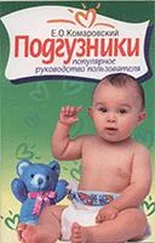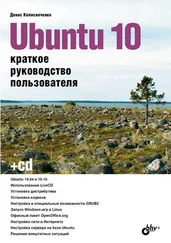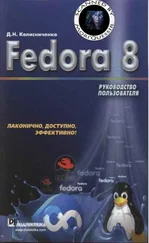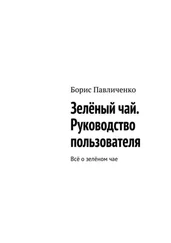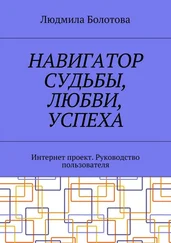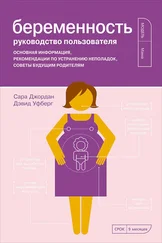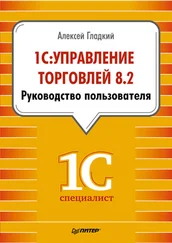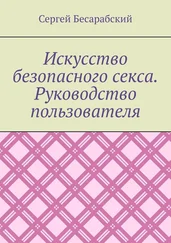E. C. Lowcock et al., “High Coffee Intake, but Not Caffeine, Is Associated with Reduced Estrogen Receptor Negative and Postmenopausal Breast Cancer Risk with No Effect Modification by CYP1A2 Genotype,” Nutrition and Cancer 65, no. 3 (2013): 398–409.
A. Nkondjock et al., “Coffee Consumption and Breast Cancer Risk among BRCA1 and BRCA2 Mutation Carriers,” International Journal of Cancer 118, no. 1 (2006): 103–107.
L. J. Vatten, K. Solvoll, and E. B. Løken, “Coffee Consumption and the Risk of Breast Cancer: a Prospective Study of 14,593 Norwegian Women,” British Journal of Cancer 62, no. 2 (August 1990): 267–270.
L. Zhu et al., “Coffee Consumption Increases Risk of Advanced Breast Cancer among Singapore Chinese Women,” CSU Theses and Dissertations (Fort Collins, CO: Colorado State University, 2013): 135.
S. C. Killer, A. K. Blannin, and A. E. Jeukendrup, “No Evidence of Dehydration with Moderate Daily Coffee Intake: A Counterbalanced Cross-over Study in a Free-Living Population,” PloS One 9, no. 1 (2014): e84154.
B. Benelam, and L. Wyness, “Hydration and Health: A Review,” Nutrition Bulletin 35, no. 1 (2010): 3–25.
B. M. Popkin et al., “A New Proposed Guidance System for Beverage Consumption in the United States,” The American Journal of Clinical Nutrition 83, no. 3 (2006): 529–542.
M. A. Saleh et al., “Chemical, Microbial, and Physical Evaluation of Commercial Bottled Waters in Greater Houston Area of Texas,” Journal of Environmental Science and Health Part A 43, no. 4 (2008): 335–347.
S. Arranz, J. M. Silván, and F. Saura-Calixto, “Nonextractable Polyphenols, Usually Ignored, Are the Major Part of Dietary Polyphenols: A Study on the Spanish Diet,” Molecular Nutrition and Food Research 54, no. 11 (November 2010): 1646–1658.
I. Muraki et al., “Fruit Consumption and Risk of Type 2 Diabetes: Results from Three Prospective Longitudinal Cohort Studies,” British Medical Journal 347 (2013): f5001.
H. Ali and J. F. Tahmassebi, “The Effects of Smoothies on Enamel Erosion: An In Situ Study,” International Journal of Paediatric Dentistry 24, no. 3 (May 2014): 184–191. Глава четвертая. Не ешьте это
D. Ornish et al., “Can Lifestyle Changes Reverse Coronary Heart Disease?: The Lifestyle Heart Trial,” The Lancet 336, no. 8708 (1990): 129–133.
J. W. Anderson and K. Ward, “High-Carbohydrate, High-Fiber Diets for Insulin Treated Men with Diabetes Mellitus,” The American Journal of Clinical Nutrition 32, no. 11 (1979): 2312–2321.
D. Ornish et al., “Intensive Lifestyle Changes May Affect the Progression of Prostate Cancer,” The Journal of Urology 174, no. 3 (2005): 1065–1070.
C. R. Daniel et al., “Trends in Meat Consumption in the USA,” Public Health Nutrition 14, no. 4 (2011): 575–583.
Y. T. Szeto, T. C. Kwok, and I. F. Benzie, “Effects of a Long-Term Vegetarian Diet on Biomarkers of Antioxidant Status and Cardiovascular Disease Risk,” Nutrition 20, no. 10 (October 2004): 863–866; V. Wijendran and K. C. Hayes, “Dietary n-6 and n-3 Fatty Acid Balance and Cardiovascular Health,” Annual Review Nutrition 24: 597–615; J. M. Genkinger and A. Koushik, “Meat Consumption and Cancer Risk,” PLoS Medicine 4, no. 12 (2007): e345.
M. Inoue-Choi et al., “Red and Processed Meat, Nitrite, and Heme Iron Intakes and Postmenopausal Breast Cancer Risk in the NIH-AARP Diet and Health Study,” International Journal of Cancer 138, no. 7 (2016): 1609–1618; V. Pala et al., “Meat, Eggs, Dairy Products, and Risk of Breast Cancer in the European Prospective Investigation into Cancer and Nutrition (EPIC) Cohort,” American Journal of Clinical Nutrition 90, no. 3 (2009): 602–612; S. C. Larsson, L. Bergkvist, and A. Wolk, “Long-Term Meat Intake and Risk of Breast Cancer by Oestrogen and Progesterone Receptor Status in a Cohort of Swedish Women,” European Journal of Cancer 45, no. 17 (2009): 3042–3046; J. M. Genkinger et al., “Consumption of Dairy and Meat in Relation to Breast Cancer Risk in the Black Women’s Health Study,” Cancer Causes and Control 24, no. 4 (2013): 675–684.
E. F. Taylor et al., “Meat Consumption and Risk of Breast Cancer in the UK Women’s Cohort Study,” British Journal of Cancer 96, no. 7 (2007): 1139.
Y. Tantamango-Bartley et al., “Vegetarian Diets and the Incidence of Cancer in a Low-Risk Population,” Cancer Epidemiology and Prevention Biomarkers (2012): cebp-1060.
S. S. Epstein, “The Chemical Jungle: Today’s Beef Industry,” International Journal of Health Services 20, no. 2 (1990): 277–280.
G. M. Fara et al., “Epidemic of Breast Enlargement in an Italian School,” The Lancet 314, no. 8137 (1979): 295–297.
Henrik Leffers et al., “Oestrogenic Potencies of Zeranol, Oestradiol, Diethylstilboestrol, Bisphenol-A and Genistein: Implications for Exposure Assessment of Potential Endocrine Disrupters,” Human Reproduction 16, no. 5 (2001): 1037–1045.
W. Ye et al., “In Vitro Transformation of MCF-10A Cells by Sera Harvested from Heifers Two Months Post-Zeranol Implantation,” International Journal of Oncology 38, no. 4 (2011b): 985–992; R. Khosrokhavar et al., “Effects of Zearalenone and κ-zearalenol in Comparison with Raloxifene on T47D Cells,” Toxicology Mechanisms and Methods 19, no. 3 (2009): 246–250.
E. V. Bandera et al., “Urinary Mycoestrogens, Body Size and Breast Development in New Jersey Girls,” Science of the Total Environment 409, no. 24 (2011): 5221–5227.
F. Massart and G. Saggese, “Oestrogenic Mycotoxin Exposures and Precocious Pubertal Development,” International Journal of Andrology 33, no. 2 (2010): 369–376.
E. Linos et al., “Red Meat Consumption During Adolescence among Premenopausal Women and Risk of Breast Cancer,” Cancer Epidemiology and Prevention Biomarkers 17, no. 8 (2008): 2146–2151.
M. S. Farvid et al., “Premenopausal Dietary Fat in Relation to Pre- and Postmenopausal Breast Cancer,” Breast Cancer Research and Treatment 145, no. 1 (2014): 255.
J. Niu et al., “The Association between Leptin Level and Breast Cancer: A Metaanalysis.” PloS One 8, no. 6 (2013): e67349.
P. Xu et al., “Zeranol Enhances Leptin-Induced Proliferation in Primary Cultured Human Breast Cancer Epithelial Cells,” Molecular Medicine Reports 3, no. 5 (2010): 795–800.
A. C. Vergnaud et al., “Meat Consumption and Prospective Weight Change in Participants of the EPIC-PANACEA Study,” American Journal of Clinical Nutrition 92, no. 2 (2010): 398–407.
Читать дальше
![Кристи Фанк Грудь. Руководство пользователя [litres] обложка книги](/books/392018/kristi-fank-grud-rukovodstvo-polzovatelya-litre-cover.webp)

